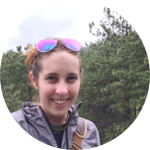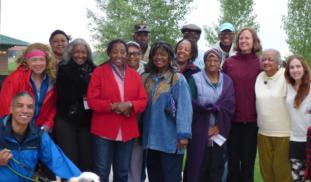Please wait...
About This Project
The harmful effects of indoor air contaminants, such as perchloroethylene (PERC), are clear. Knowing how to assess our own risk is less clear. We will assemble and distribute air quality test kits to homes in Northeast Denver in order to collect data on two pollutants: PERC and radon. Our goals are simple, help a local community understand if they are at risk, raise awareness of air quality issues, and test a low-cost method for PERC detection that could allow anyone to screen their home.
More Lab Notes From This Project

Browse Other Projects on Experiment
Related Projects
A biogeochemical profile of the seafloor
There is a huge gap in knowledge of deep seafloor habitats. Current methods of studying the deep seafloor...
Building a low-cost microplastic detection system for deployment in Mauritius
Millions of tons of plastics enter our ocean each year, eventually breaking down into microplastics (MPs...
Replacing Air Conditioners: Creating an Accessible Energy Efficient Device
3.6 billion people currently live in areas with extreme temperatures! This project explores innovative cooling...



